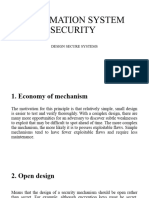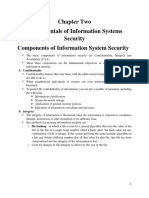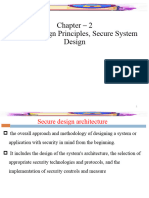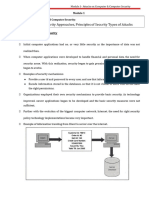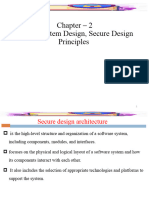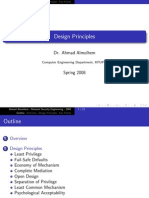0% found this document useful (0 votes)
15 views5 pagesCyber Security Principles
The UK internet industry and Government have established Guiding Principles to enhance online security for ISP customers and mitigate cyber threats. These principles emphasize the roles of ISPs, internet users, and the government in protecting essential information and systems, and include key concepts such as Economy of Mechanism, Least Privilege, and Complete Mediation. The principles aim to provide a consistent framework for educating and protecting users against online crimes.
Uploaded by
aniket kumarCopyright
© © All Rights Reserved
We take content rights seriously. If you suspect this is your content, claim it here.
Available Formats
Download as DOCX, PDF, TXT or read online on Scribd
0% found this document useful (0 votes)
15 views5 pagesCyber Security Principles
The UK internet industry and Government have established Guiding Principles to enhance online security for ISP customers and mitigate cyber threats. These principles emphasize the roles of ISPs, internet users, and the government in protecting essential information and systems, and include key concepts such as Economy of Mechanism, Least Privilege, and Complete Mediation. The principles aim to provide a consistent framework for educating and protecting users against online crimes.
Uploaded by
aniket kumarCopyright
© © All Rights Reserved
We take content rights seriously. If you suspect this is your content, claim it here.
Available Formats
Download as DOCX, PDF, TXT or read online on Scribd
/ 5












